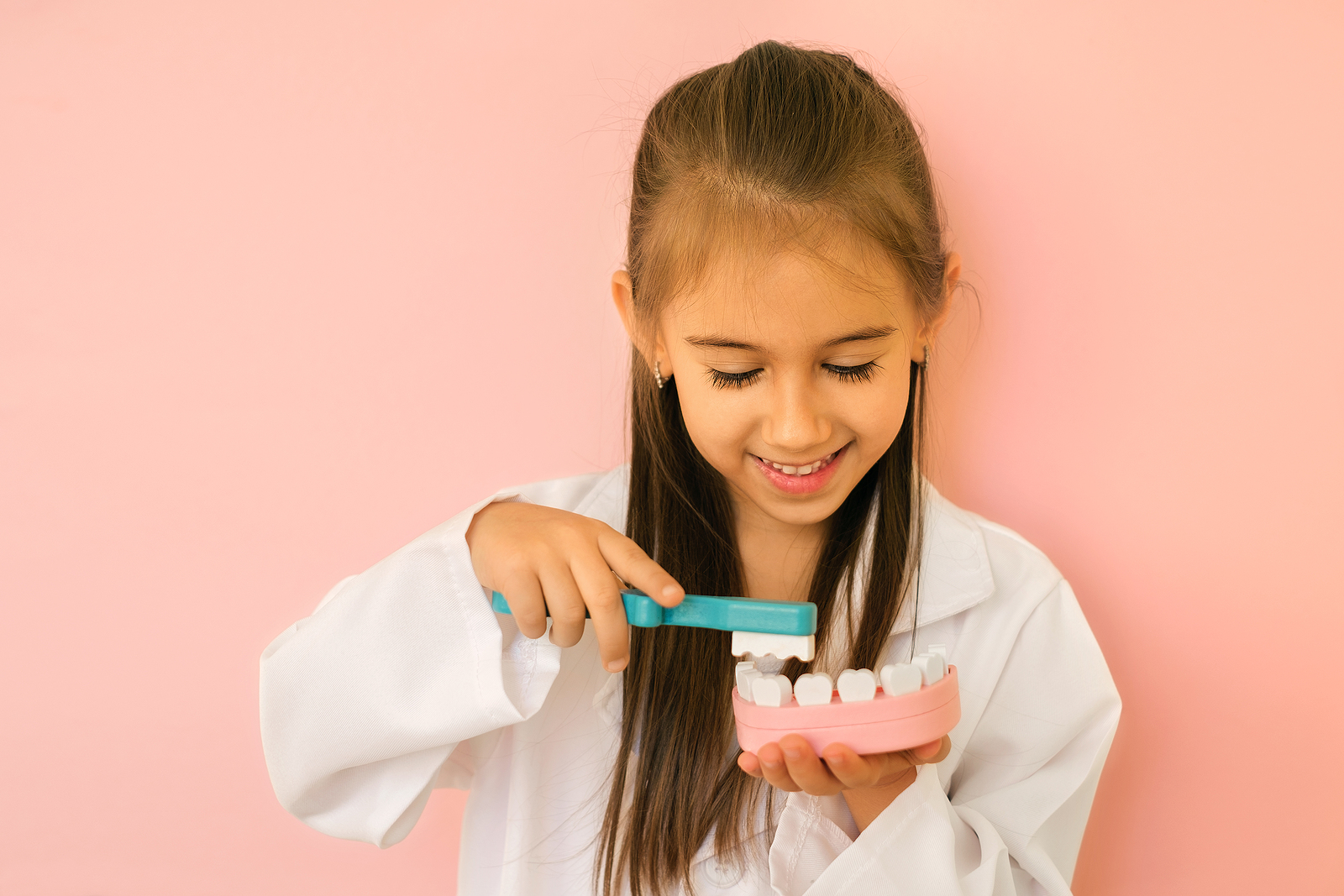Dental Bonding: Benefits and Types
Posted by PRIMARY DENTAL CLIINC on Jan 5 2022, 08:20 AM
Some people have misshapen, or crooked teeth while others have large spaces between their teeth. These imperfections could make one depressed and feel shameful to display a smile. Don't get disappointed! A simple dental procedure like dental bonding can help you get that bright smile and enhance confidence.
Dental bonding is a procedure in which a tooth-colored resin material is applied to fix a decayed, discolored tooth or to achieve some other cosmetic purpose. The procedure is quick and non-invasive, and the results will last for long with the right care.
Need for Dental Bonding
During the dental bonding procedure, a tooth-colored resin is applied to the tooth surface and hardened with a high-intensity curing light. This application bonds tightly with the teeth to resolve dental issues.
Dental bonding can do the following:
- Repair decayed teeth
- Repair chipped or cracked teeth
- Improve the appearance of discolored teeth
- Close the gap between teeth
- Make teeth look longer
- Change the appearance of misshapen teeth
- Replace amalgam fillings with a cosmetic alternative
- Advantages of Dental Bonding
- It is a single-visit treatment
- Just enough tooth enamel is removed for a secure bonding process
- Anesthesia is generally not required unless dental bonding is done to fill a cavity
- It is not an expensive dental treatment
- Its aftercare is simple
Types of Dental Bonding
- Direct Composite Bonding
Direct composite bonding is a type of dental bonding in which composite resin is applied directly to the tooth. Then, the composite material is hardened with a curing light to complete the process. The procedure is often used to treat cavities, repair chipped teeth, and close small gaps.
- Adhesive Bonding
Adhesive bonding is a type of dental bonding that involves material, a bonding agent, and ultraviolet light to cure the tooth and resin. The dentist matches the color of the resin to that of the tooth.
Then, tooth surfaces are roughened using a gentle phosphoric acid solution. A liquid bonding agent is then applied and tooth-colored resin is added following this. Finally, the resin gets hardened with the curing light. Adhesive bonding is commonly used with a dental crown or filling.
If you are looking for the best dental bonding treatment that provides a long-lasting solution to preserve your dazzling smile, visit us at Primary Dental Clinic, 4519 N Garfield St., Suite 16A, Midland, TX 79705. Call us at (432) 570-7080 to book an appointment.


